
About Additional Judge of a High Court:
- Additional Judges can be appointed by the President under clause (1) of Article 224 of the Constitution.
- The President can appoint duly qualified persons as additional judges of a high court for a temporary period not exceeding two years when:
- there is a temporary increase in the business of the high court; or
- there are arrears of work in the high court.
- No person appointed as an additional or acting Judge of a High Court shall hold office after attaining the age of sixty-two years.
- The Chief Justice of the High Court, however, should not make a recommendation for appointment of an Additional Judge when a vacancy of a permanent Judge is available in that High Court.

About Arab-Built Lunar Spacecraft:
- It was launched from the Cape Canaveral Space Force Station in Florida.
- The Rashid Rover named after the late Sheikh Rashid Al Saeed, the former ruler of Dubai.
Development:
- The Rashid Rover was built by Dubai’s Mohammed bin Rashid Space Centre (MBRSC), in the United Arab Emirates (UAE), and is being delivered by the HAKUTO-R lander, engineered by Japanese lunar exploration company ispace.
Landing:
- The mission is taking a low energy route to the moon and is due to arrive around April 2023.
- If the landing is successful, HAKUTO-R will also become the first commercial spacecraft ever to make a controlled landing on the moon.
- Scheduled to touch down in the Atlas crater the northeast part of the moon, the rover has been designed to withstand the lunar night, when temperatures can reach as low as -183°C, or -297.4°F.
Study:
- It will analyze the plasma on the lunar surface and conduct experiments to understand more about lunar dust.
- Razor-sharp lunar dust particles can stick to and erode spacesuits and equipment, causing operational problems for astronauts.
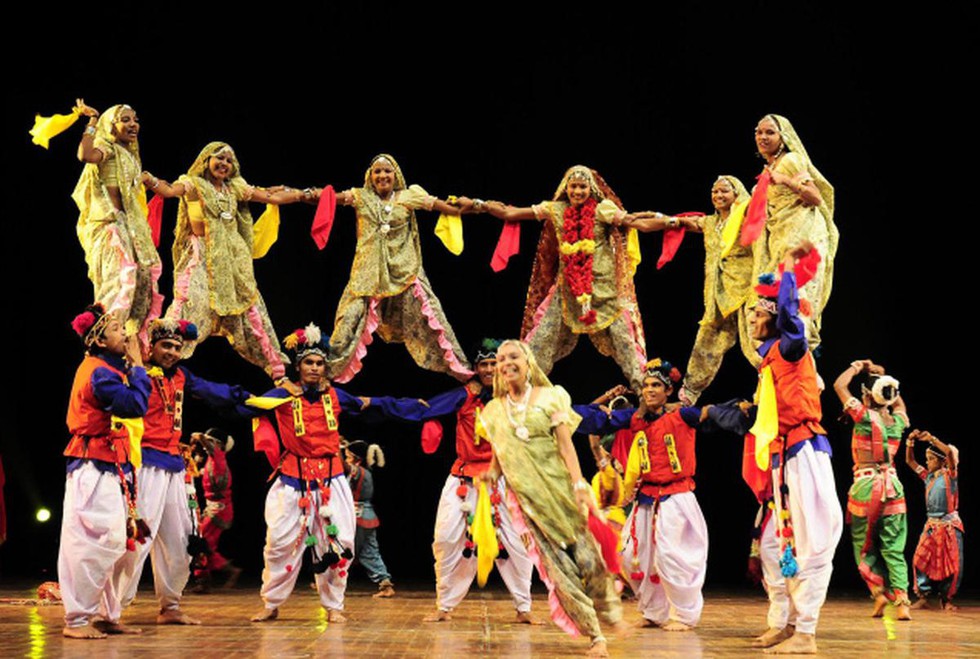
About Zonal Cultural Centres (ZCCs):
- The centres have been set up at Patiala, Nagpur, Udaipur, Prayagraj, Kolkata, Dimapur, and Thanjavur.
- Government of India has provided annual grant-in-aid to conduct art programmes at these centres.
- The ministry also organises Rashtriya Sanskriti Mahotsavs (RSMs) through these ZCCs where a large number of artistes from all over India are engaged to showcase their talents.
- These ZCCs also organise a minimum 42 Regional Festivals for promotion of art and culture every year as per their programme calendar.
- For proper storage of the treasure of knowledge for posterity, several art forms including the vanishing ones are being documented by these ZCCs.
- Number of arts forms have been documented in digital format (both audio and video formats).
- Further, for preservation and promotion of various folk arts & culture of the country, these ZCCs also implement a number of schemes viz. Award to Young Talented Artists, Guru Shishya Parampara, Theatre Rejuvenation, Research and Documentation, Shilpgram, OCTAVE and National Cultural Exchange Programme.
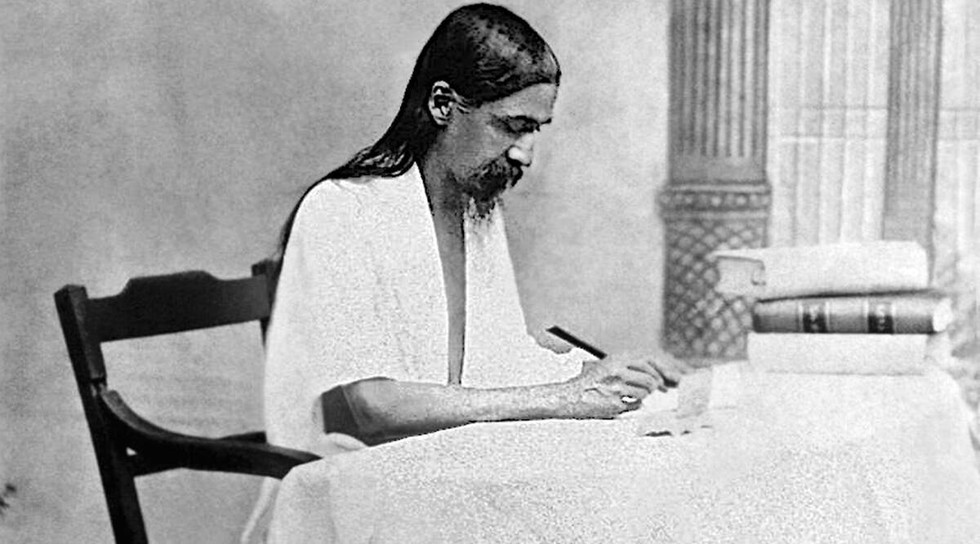
About Sri Aurobindo Ghosh:
Early Life & Career:
- Born to surgeon Krishna Dhan Ghose and Swarnalata Devi in Calcutta on August 15, 1872.
- He passed Indian Civil Service Examination in 1890 but failed in the horsemanship test due to which he could not enter the service.
- In 1893, he accepted an appointment in the Baroda state service.
- He worked for 13 years and rose to the post of principal of the Baroda State College.
- Later, he left his job at Baroda to join the Bengal National College.
Revolutionary Streak:
- He became a leading figure in the freedom movement and used to write fearless articles for the English newspaper Bande Mataram.
- He also contributed articles to the Bengali weekly Yugantar.
- Later, he started the weekly English journal titled Dharma, in which he tried to convey the message of Swaraj or freedom from the British rule.
- He was one of the founders of the youth club Anushilan Samiti which protested against the atrocities of the British government.
- He was one of the leading protesters against the 1905 Partition of Bengal and called on the citizens to boycott British institutions and goods.
- He took part in the 1906 session of the Indian National Congress and was a member of the team which set four objectives-Swadeshi, Swaraj, education and boycott.
Alipore Bomb Case
- Aurobindo, a revolutionary and a militant nationalist, was charged in the Alipore Bomb Case (1906-1910) and was sentenced to jail.
- He spent one year in solitary confinement at the Alipore Central Jail in Calcutta.
- Deshbandhu Chittaranjan Das fought his case and Ghosh was released.
Spiritualism at Puducherry:
- He decided to give up active politics after his stint in jail and devoted himself to spiritualism.
- In 1910, he left British India and found refuge in the French colony of Pondichéry (now called 'Puducherry') in southeastern India.
- He founded a community of spiritual seekers, which took shape as the Sri Aurobindo Ashram in 1926.
- He devoted himself for the rest of his life to the development of his “integral” yoga.
- The main objective of his teachings was to increase the level of consciousness of people and to aware people of their true selves.
Work:
- Aurobindo’s voluminous literary work comprises philosophical speculation, many treatises on yoga and integral yoga, poetry, plays, and other writings.
His major works include:
- Essays on the Gita (1922),
- The Life Divine (1939)
- Collected Poems and Plays (1942),
- The Synthesis of Yoga (1948),
- The Human Cycle (1949),
- The Ideal of Human Unity (1949),
- Savitri: A Legend and a Symbol (1950),
- On the Veda (1956).
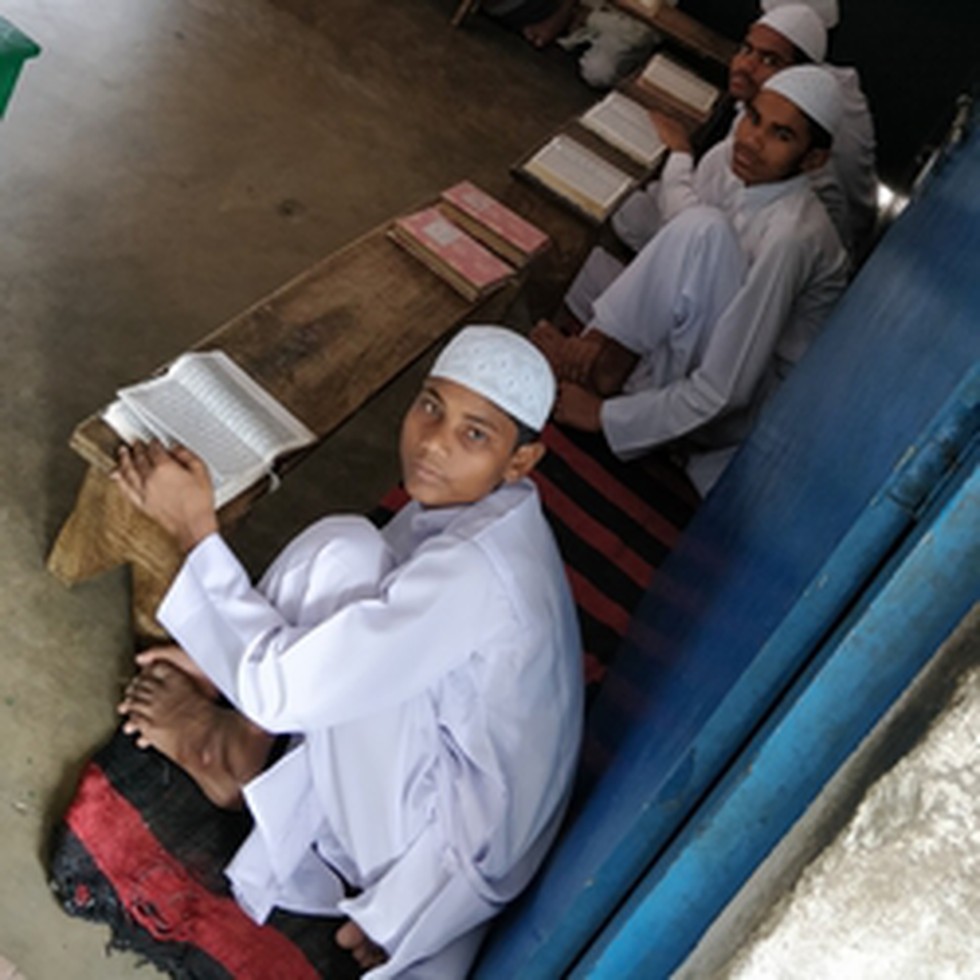
About Scheme for Providing Education to Madrasas/ Minorities (SPEMM):
- The scheme has two sub-schemes –
- the Scheme for Providing Quality Education in Madrasas (SPQEM) and
- Infrastructure Development of Minority Institutes (IDMI).
- The scheme is being implemented at the national level.
- Both the schemes are voluntary in nature.
Implementation:
- Department of School Education and Literacy is implementing the Umbrella Scheme for Providing Quality Education to Madrasas/Minorities (SPEMM).
- The scheme was transferred from the Ministry of Minority Affairs to the Ministry of Education in 2021.
Scheme for Providing Quality Education in Madrasas (SPQEM):
The salient features of SPQEM scheme are:
- To provide financial assistance to traditional institutions like Madrasas and Maktabs to encourage them to introduce Science, Mathematics, Social Studies, Hindi and English in their curriculum so that academic proficiency for classes I-XII is attainable for children studying in these institutions.
- To provide opportunities to students of these institutions to acquire education comparable to the National Education System especially for secondary and senior secondary levels.
- To strengthen State Madrasa Boards opting for assistance by enabling them to monitor the Madrasa modernization programme and enhance awareness about education among the Muslim community.
- To provide quality components in Madrasas such as remedial teaching, assessment and enhancement of learning outcomes, Rashtriya Avishkar Abhiyan etc.
- To provide in-service training of teachers appointed under the scheme for teaching modern subjects of Science, Mathematics, Social Studies, Hindi and English to improve their pedagogical skills and quality of teaching.
Infrastructure Development of Minority Institutes (IDMI):
- Infrastructure Development of Minority Institutes (IDMI) has been operationalised to augment Infrastructure in Private Aided/Unaided Minority Schools/Institutions in order to enhance the quality of education to minority children.
The salient features of IDMI scheme are:
- To facilitate education of minorities by augmenting and strengthening school infrastructure in Minority Institutions (elementary/ secondary/senior secondary schools) in order to expand the facilities for formal education to children of minority communities.
- To encourage educational facilities for girls, children with special needs and those who are most deprived educationally amongst the minorities.

About Pradhan Mantri Adi Adarsh Gram Yojana:
- Aim: Transforming villages with significant tribal population into model village (Adarsh Gram)covering about population of 4.22 crore (About 40% of the total Tribal Population)
Objective
- To achieve integrated socio-economic development of selected villages through convergence approach.
- Improving the infrastructure in vital sectors like health, education, connectivity and livelihood.
- It includes maximizing the coverage of individual / family benefit schemes of the Central / State Governments.
- The scheme envisions to mitigate gaps prominently in 8 sectors of development viz. Road connectivity , Telecom connectivity , School, Anganwadi Centres, Health Sub-Centre, Drinking water facility.
Revised Guidelines of the scheme
- The Scheme was revised to capture the Gaps in critical socio-economic ‘Monitorable Indicators’ as part of various sectors/domains namely;water and sanitation, education, health and nutrition, agricultural best practices etc
New Approach for implementation
- The identification of needs or Gaps with regard to the ‘Monitorable Indicators’ are based on a Need Assessment exercise.
- The ‘Village Development Plan’ (VDP) is based on the data collected as part of the Need Assessment exercise.
- PMAGY provids the platform for convergent implementation of other Schemes with the aim to achieve saturation in the various domains.

About Energy Conservation (Amendment) Bill 2022:
- The Energy Conservation (Amendment) Bill-2022 amends the Energy Conservation Act 2001.
Salient features of the amendments
- The Bill amends the Energy Conservation Act, 2001 to empower the central government to specify a carbon credit trading scheme.
- Designated consumers may be required to meet a proportion of their energy needs from non-fossil sources.
- The Energy Conservation Code for buildings will also apply to office and residential buildings with a connected load of 100 kilowatt or above.
- Energy consumption standards will be specified for vehicles and ships.
Provisions of the Energy Conservation Act-2001.
- Energy Efficiency Norms: Empowers the Centre to specify norms and standards of energy efficiency for appliances, industrial equipment and buildings with a connected load over 100 kiloWatts (kW) or a contractual demand of more than 15 kilovolt-amperes (kVA).
- Energy Trading: The Government can issue energy savings certificates to those industries which consume less than their maximum allotted energy.
- Bureau Of Energy Efficiency: The act established this statutory body (Under Ministry of Power) helps in policy and programs ,which will increase the conservation and efficient use of energy in India.
8. Environment Education, Awareness and Training (EEAT)
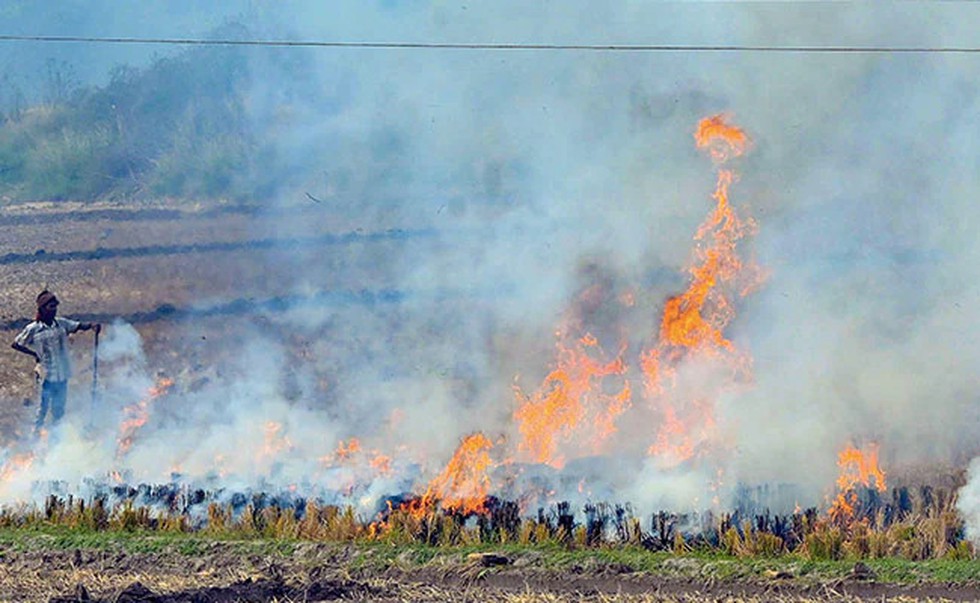
About Environment Education, Awareness and Training (EEAT):
- It is a Central Sector scheme implemented by Ministry of Environment, Forest and Climate Change .
- Objective: To promote environmental awareness and mobilize students’ participation for environment conservation.
- Under this Scheme there are two major programmes namely Green Corps (NGC) Programme and National Nature Camping Programme (NNCP)
Green Corps (NGC) Programme:
- Under this scheme more than 1 lakh Eco-clubs have been formed in schools and colleges to educate students and to spread awareness on environmental
- A financial assistance of Rs 5,000/- per Eco-club used to be provided under this programme with a ceiling of 500 school Eco-clubs per district and 100 college Eco-clubs per State.
National Nature Camping Programme (NNCP)
- Under this scheme ,organization of field visits/ nature camps in different Protected Areas/ Nature Parks/ Tiger Reserves of the country for students were supported.
- These camps provided ‘nature experience’ to students and had huge potential to trigger their sensitivity towards nature and its conservation.
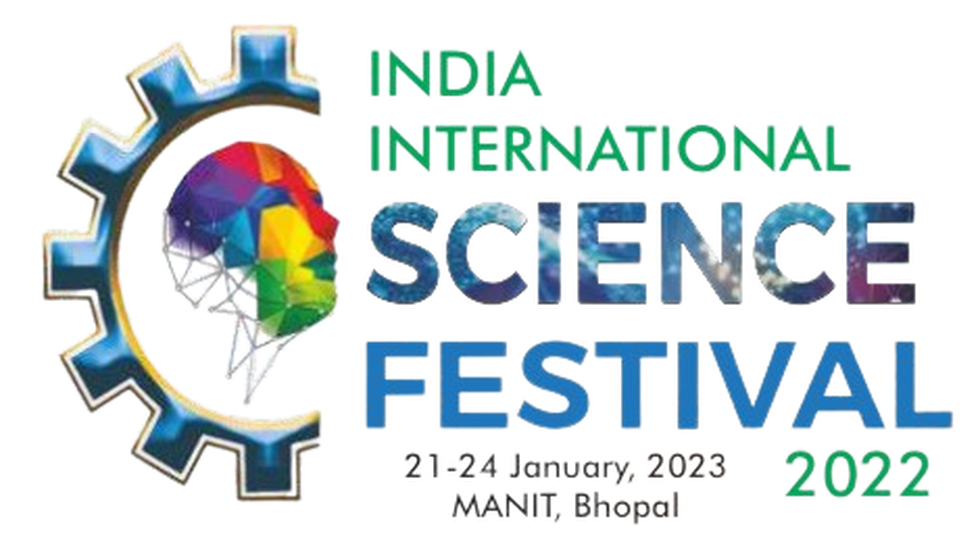
About India International Science Festival:
- It was first held in Delhi in 2015.
- Over all six editions of IISF have been organized since then in northern, southern and the eastern regions of the country.
- It is an initiative of Ministry of Science and Technology and Ministry of Earth Science of Government of India in association with Vijnana Bharati
- Aim: To show the ways how science, technology, engineering and mathematics (STEM) provide us with the solutions to improve our lives.
- It is a science movement with Swadeshi spirit lead by eminent scientists of the country.
10. New India Literacy Programme
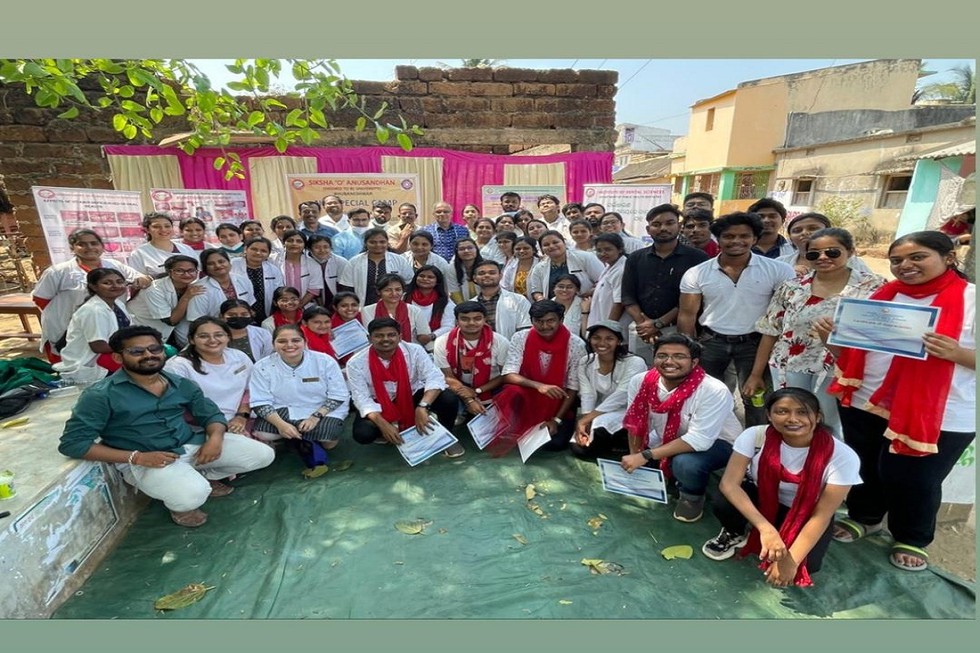
About New India Literacy Programme:
- Objectives: It aims to support the States and Union Territories in promoting literacy among non-literates in the age group of 15 and above.
- Components: (i) Foundational Literacy and Numeracy (ii) Critical Life Skills, (iii) Vocational Skills Development, (iv) Basic Education and (v) Continuing Education.
- Coverage: The programme aims to cover a target of 5.00 crore learners during the five years under Foundational Literacy and Numeracy component.
Funding:
- The Central and State shares are in the ratio of 60:40 for all States.
- North Eastern Region (NER) and Himalayan States where the sharing pattern between the Centre and the State is in the ratio of 90:10.
- For UTs with legislature the ratio is 60:40, except in the UT of Jammu & Kashmir where the ratio is 90:10
- For all other UTs without legislature the Central share is 100%.





























































































































































.png)
.png)
.png)
.png)
.png)


.png)
.png)
.png)





.png)
.png)






.png)
.png)
.png)
.png)
.png)
.png)
.png)
.png)
.png)

.png)







.png)
.png)


.png)
.png)
.png)


.png)

.png)
.png)





.jpg)

.png)
.png)


.png)

.png)
.png)
.png)

.jpg)

.jpg)


.png)

.png)
.png)
.png)
.png)
.png)
.png)
.png)
.png)
.png)
.png)




.png)

.png)





.png)
.png)
.png)
.png)
.png)
.png)
.png)
.png)
.png)
.png)
.jpg)
.jpg)

.png)
.png)
.png)
.png)
.png)
.png)
.png)
.png)
.png)
.png)
.png)
.png)
.png)
.png)
.png)
.png)
.png)
.png)
.png)
.png)
.png)
.png)



.png)
.png)

.jpg)
.jpg)


.jpg)
.jpg)
.jpg)
.jpg)
.jpg)

.jpg)








.jpg)
.jpg)
.jpg)
.jpg)
.jpg)

















.jpg)
.jpg)







.jpg)


















.jpg)
.jpg)



























































































.jpg)
.jpg)


























.jpg)

.jpg)










.jpg)








.jpg)




.jpg)










.jpg)


















.jpg)












































.jpg)














.jpg)
.jpg)
.jpg)





.jpg)

.jpg)
.jpg)





































































.jpg)


































.jpg)
.jpg)
















































.jpg)












.jpg)


.jpg)




.jpg)
.jpg)
.jpg)

.jpg)
.jpg)
.jpg)
.jpg)

.jpg)
.jpg)
.jpg)

.jpg)
.jpg)
.jpg)
.jpg)
.jpg)
.jpg)
.jpg)
.jpg)

.jpg)


.jpg)
.jpg)
.jpg)
.jpg)
.jpg)
.jpg)
.jpg)
.jpg)
.jpg)
.jpg)











.jpg)
.jpg)





.jpg)
.jpg)
.jpg)
























.jpg)
























.jpg)









.jpg)
.jpg)







.jpg)
.jpg)









































.jpg)
.jpg)
.jpg)
.jpg)
.jpg)

.jpg)
.jpg)
.jpg)
.jpg)
.jpg)


.jpg)
.jpg)
.jpg)
.jpg)
.jpg)

.jpg)
.jpg)
.jpg)
.jpg)
.jpg)
.jpg)
.jpg)
.jpg)
.jpg)
.jpg)
.png)

.png)
.png)

.png)
.png)
.png)
.png)


.jpg)
.jpg)

.jpg)
.jpg)
.jpg)

.png)
.png)
.png)
.png)
.png)
.png)
.png)

.png)
.png)
.png)
.png)
.png)
.png)
.png)
.png)
.png)
.png)





































































-min.png)



.png)




.png)








































